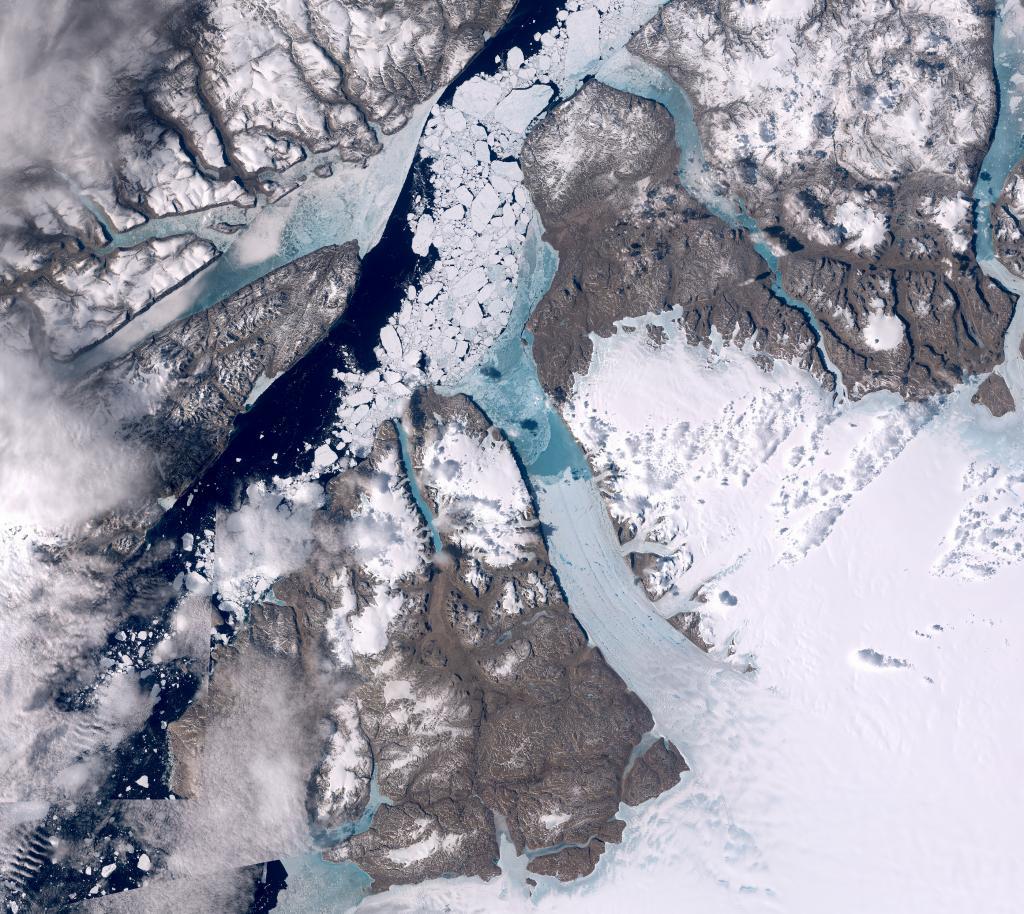Greenland ice losses rising faster than expected
Greenland is losing ice seven times faster than in the 1990s and is tracking the Intergovernmental Panel on Climate Change’s high-end climate warming scenario, which would see 40 million more people exposed to coastal flooding by 2100.
Most complete picture to date
A team of 96 polar scientists from 50 international organisations, among which three TU delft researchers (Wouter van der Wal, Bert Wouters and Ernst Schrama) have produced the most complete picture of Greenland ice loss to date. The Ice Sheet Mass Balance Inter-comparison Exercise (IMBIE) Team combined 26 separate surveys to compute changes in the mass of Greenland’s ice sheet between 1992 and 2018. Altogether, data from 11 different satellite missions were used, including measurements of the ice sheet’s changing volume, flow and gravity.
Rising rate of ice loss
The findings, published today in Nature today, show that Greenland has lost 3.8 trillion tonnes of ice since 1992 – enough to push global sea levels up by 10.6 millimetres. The rate of ice loss has risen from 33 billion tonnes per year in the 1990’s to 254 billion tonnes per year in the last decade – a seven-fold increase within three decades.
Delft contribution
Bert Wouters and Ernst Schrama focussed on improving the mass balances of the ice systems which were determined by the GRACE (Gravity Recovery and Climate Experiment) measurements. Wouter van der Wal provided a computation of land movement under the ice, which is subtracted from the gravity measurements to reveal the thinning of the ice sheet more accurately.
More information
See the complete University of Leeds press release on this assessment
Direct link to article: https://www.nature.com/articles/s41586-019-1855-2
Science Information Officer TU Delft Roy Meijer, r.e.t.meijer@tudelft.nl, +31 15 2781751
Check out our stories on Climate Action
See also the press release on an earlier IMBIE report.




